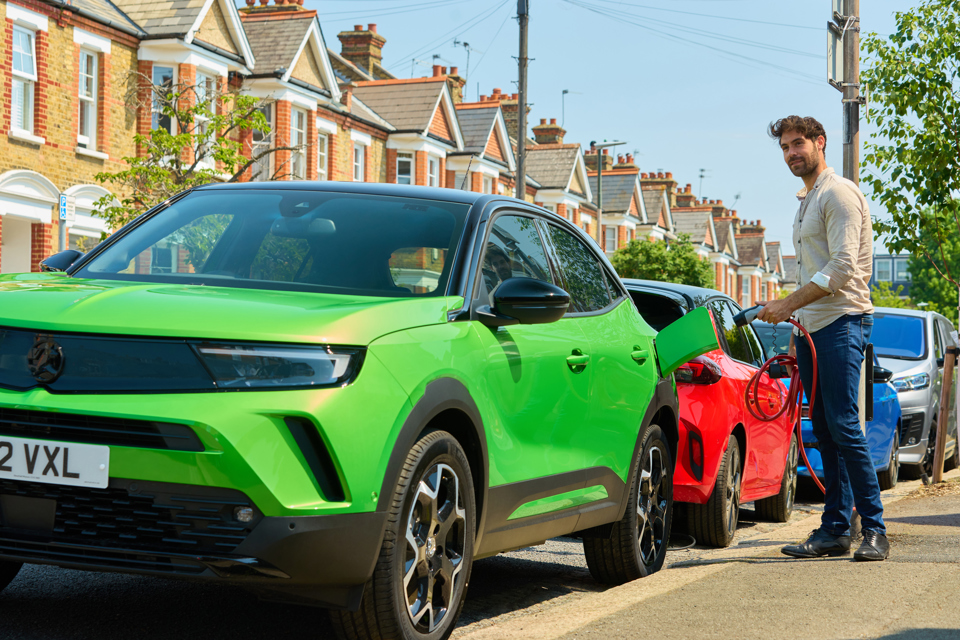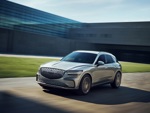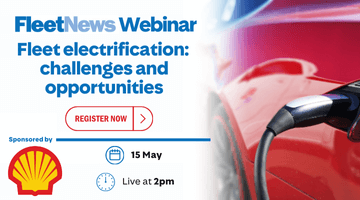Four out of five electric vehicle (EV) drivers rely on home-charging, according to new research from Zenith.
The vehicle leasing company’s latest EVXperience report surveyed more than 3,600 drivers on their lived experience driving an EV.
It found that 80% of drivers usually charge their vehicle off-street at home – an increase of 4% on 2024’s figure of 76% – compared to just 4% who primarily use an on-street charger, a decrease of 3% from last year (7%).
The use of public charging hubs by drivers has also decreased to 29%, down 8% from 37% in 2024, suggesting that the “driveway divide” between those who can charge at home and those who must rely on public charging is continuing to grow, according to Zenith.
It says that, while the Government’s EV commitments have been generally well received by the automotive industry, ministers have remained silent on the disparity between the cost of at-home and public charging.
According to the survey, 85% of drivers think that public charging costs are too high.
Zapmap’s price index indicated when compared to at-home off-peak charging (£0.08 per KWh), those using public charge points are paying 10 times more to use ultra rapid/rapid chargers (£0.80 per KWh) and 6.5 times more for slow/fast chargers (£0.52 KWh).
The data also suggests EV drivers in London are having to rely on public charging points more heavily than the rest of the UK, signifying a regional driveway divide.
Only 60% of Londoners charge their EVs off-street at home, 20% less than the average for the UK as a whole.
Figures for charging at on-street points, public charging hubs and destination car parks within the London region were all also found to be higher than the national average, with public on-street charging use for London drivers being 22% versus the UK average of 4%.
This trend is mirrored across the results from those living in cities across the UK, with this group of drivers least likely to charge off-street at home out of those living in cities, towns, villages and rural areas.
Only 70% of city drivers charge off-street at home compared to 80% in towns, 88% in villages and 91% in countryside and rural locations.
The EVXperience report also found that nearly half (48%) of EV drivers are put off by the reliability of public charging points and only 15% of EV drivers who usually charge using a public on-street charging point reported being very satisfied with the experience of charging their EV.
Just 22% of drivers who charge using public charging hubs were satisfied with their experience.
As well as this, there is decreasing confidence that the public charging network will improve over the next three years.
In 2025’s report, 11% of respondents indicated they were unsure the infrastructure would improve, compared to just 6% in 2024.
This highlights that there is still work to be done to improve attitudes towards public EV charging, says Zenith.
Andy Wolff, commercial director of Zenith’s corporate division, said: “The 2025 version of our annual EVXperience report shows that the EV driveway divide continues to expand.
“Work still needs to be done to ensure the transition to electric vehicles is smooth for everyone – regardless of where they live or their budget.
“Addressing factors like the availability and cost of public charging will reduce the driveway divide, help EVs fit more seamlessly into drivers’ everyday lives, and improve overall consumer confidence in electric vehicles.”
In March, the Government announced that 13 local authorities would benefit from a share of £40.8 million in funding to deliver 16,000 EV points in the midlands.
The Department for Transport (DfT) said the cash – the latest awarded from the £381 million Local EV Infrastructure (LEVI) Fund – will benefit drivers without off-street parking.
Furthermore, at the start of the year, new planning guidance was issued to help local authorities in England develop policies about the safe and effective use of cross-pavement EV charging solutions.





















Login to comment
Comments
No comments have been made yet.